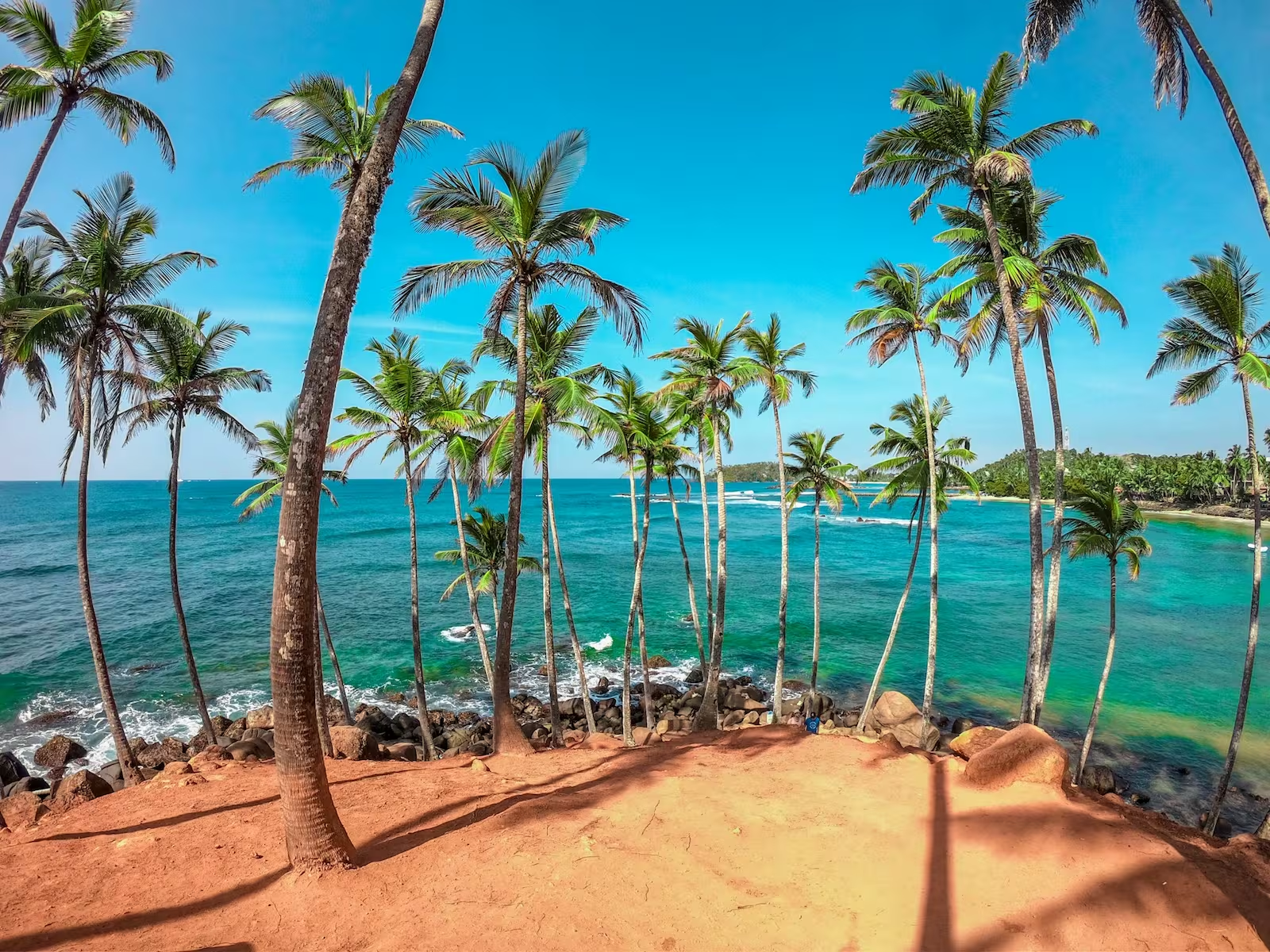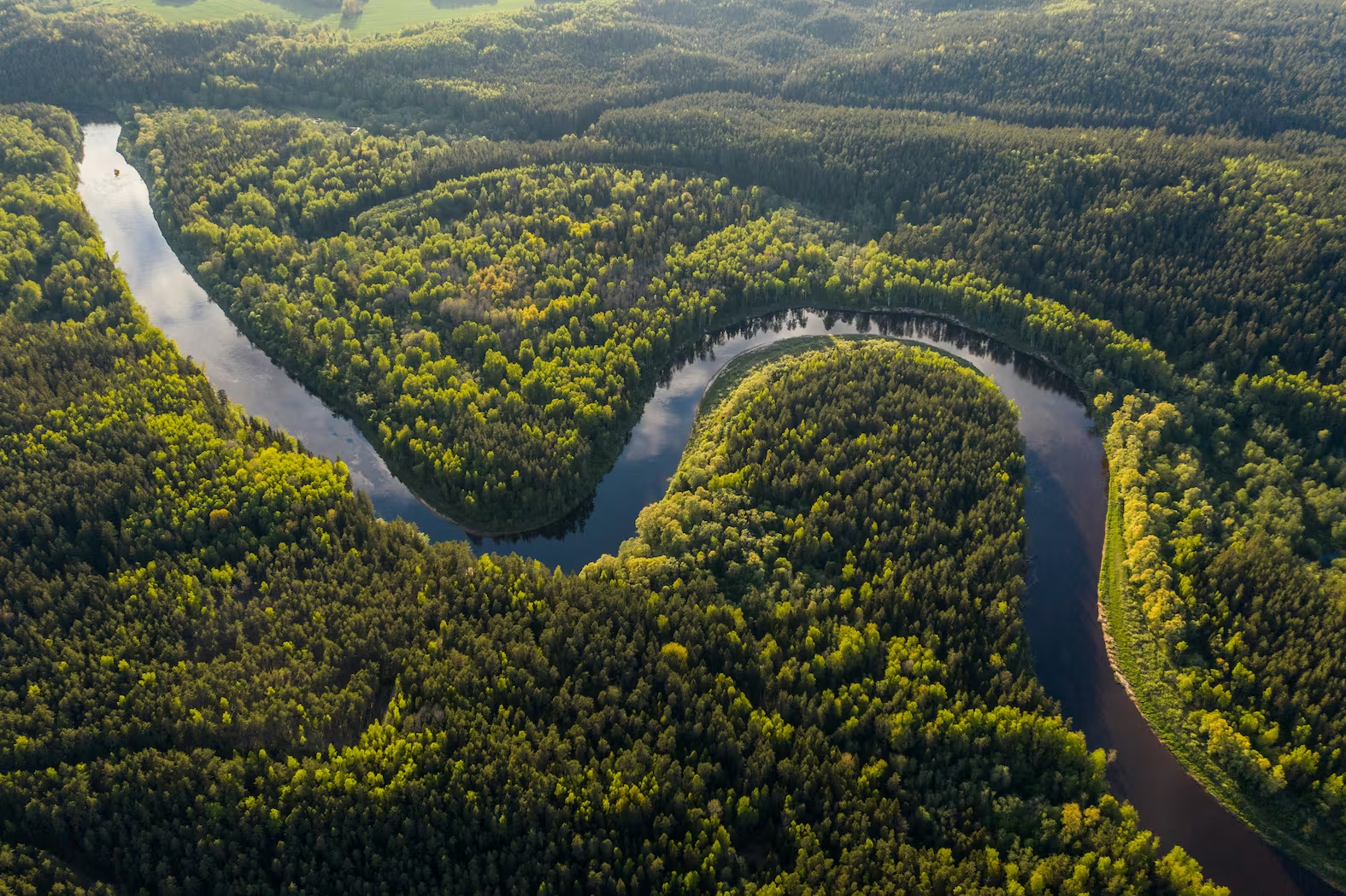If you’ve ever looked at a map of South America and thought, I wonder if I can just ride across that, the answer is yes, you absolutely can! And the best part? You don’t need to rent a car or fly between cities. If you want to know how to see South America by bus, you're in for a ride. Buses are the lifeblood of travel in South America. Locals use them daily, backpackers rely on them, and the routes stretch from steamy Amazon ports to Andean mountain towns to desert-border crossings. It’s not always glamorous, but it’s practical, cheap, and will give you front-row views of landscapes you’d miss from a plane. Here’s how to make it happen.
Why travel South America by bus?
Because it's affordable, flexible, and surprisingly extensive.
Bus companies connect major cities, border towns, remote villages, and national parks across the entire continent. If you’re not on a tight schedule, it’s the best way to get a feel for the place. Not just the destinations, but the in-between as well.
Forget airport security lines and flight delays. Most long-distance buses are comfortable, and some are very comfortable – with wide seats that recline almost flat, onboard bathrooms, meals, and movies.
In countries like Argentina, Chile, and Brazil, the top-tier bus classes can rival business-class flights. And they're a fraction of the price.
.avif)
Bus routes in South America: where you can go
The range of bus routes South America has to offer is massive. You can start in Colombia’s Caribbean coast, ride down through Ecuador and Peru, cross Bolivia into Chile, loop through Argentina, and finish in Patagonia or even Brazil.
It's entirely possible to travel the length of the continent without ever stepping on a plane.
Some of the most scenic routes include:
- The Andes crossing between Mendoza (Argentina) and Santiago (Chile).
- The altiplano route from La Paz to Uyuni (Bolivia), often taken before jumping on a salt flats tour.
- The Pan-American Highway stretch from Lima to Cusco (Peru).
You can also ride all the way from Buenos Aires to Rio de Janeiro by bus, though it takes longer than you'd think – South America is huge.
.avif)
How to book and navigate bus travel in South America
Each country has its own quirks when it comes to bus travel. In Argentina and Chile, you can book tickets online through sites like Plataforma10 or Recorrido.
In Bolivia and Peru, it’s often better to buy tickets in person at the terminal the day before or the day of travel. Brazil’s system is large and well-organized, though you may need Portuguese to navigate booking sites.
Many terminals are massive, multi-level affairs. Others are chaotic and dusty. Always keep your valuables on you and double-check departure platforms. Delays happen. So does overbooking. Flexibility is key.
For border crossings, some buses will handle immigration stops mid-journey (like between Chile and Bolivia). Others will drop you off at the border, and you’ll need to catch a new bus on the other side. It’s not always seamless, but it’s part of the adventure.
.avif)
What it’s like on board
Day buses offer great views but can be exhausting. Night buses save on accommodation but vary wildly in comfort. Bring snacks, water, toilet paper, and a hoodie (buses love to blast A/C).
Some buses serve food; others stop at roadside grills or gas stations where you can buy empanadas and soda in dusty bottles.
In places like Argentina and Chile, you can opt for different seat classes: semi-cama (semi-reclining), cama (full-reclining), and cama suite (luxury seats with curtains and meal service). In Bolivia, buses are cheaper but bumpier. In Brazil, distances are long, but service is decent if you go with the better companies.
Can you cross the whole continent this way?
Yes, with time and patience.
The full continent could take months by bus, especially if you want to explore rather than just transit. But if you’re trying to travel South America by bus from Colombia to Patagonia or even loop from west to east across the Andes, it’s totally doable.
You'll meet other travelers doing the same. It's cheap, it's immersive, and you'll get an education in geography just by looking out the window. Plus, it’s a lot more fun than checking in for another budget flight at 3am.

.avif)





.avif)
.avif)


.avif)





.jpg)